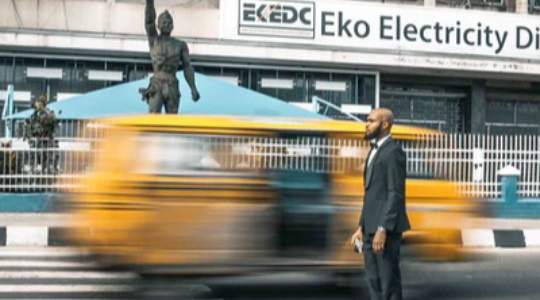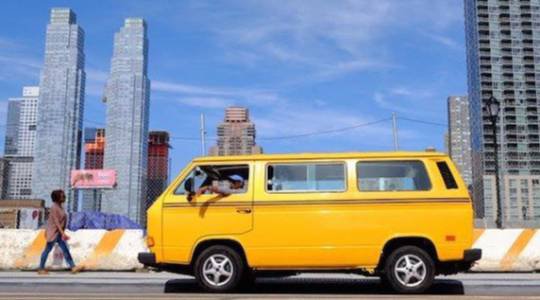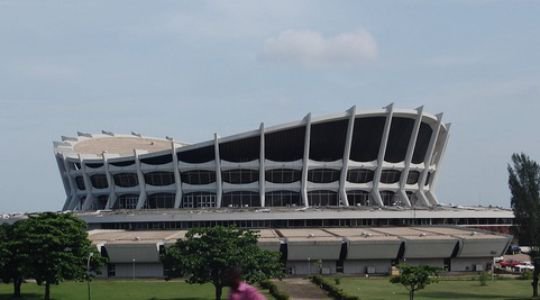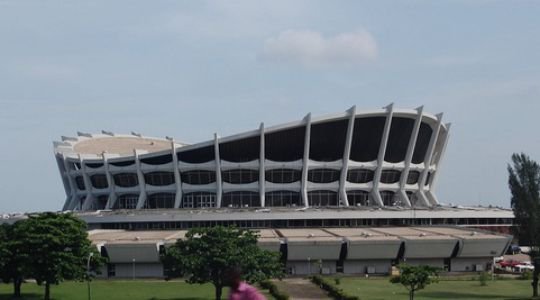Once there lived a Yoruba tribe on this territory. This place was known as Eko, which meant “camp” or “farm”. The name Lagos (Lakes) was given by Portuguese seafarers who landed here in the 15th century and opened the slave market which was banned in the 19th century.
Since 1861 the British colony was here. Since October 1960, when Nigeria gained independence, the country’s rapid development began. Lagos has become a megacity. The official date of establishment of Lagos State is May 27, 1967.
Lagos, the sixth-largest city in the world by city population is known for its beach resorts, nightlife and activity. Though it is the smallest state in the country, Lagos remains to be the most populous and a major financial centre. Here are facts about this megacity which you may or may not know.
1. It has the Tallest Building in West Africa
Lagos state hosts the tallest building in West Africa, NECOM house towers and it is 160m above the city. NECOM House, also formerly known as NITEL Tower, in Marina, Lagos is the tallest building in West Africa.
The building was completed in 1979 with the initial purpose of housing the Nigeria External Communications (NECOM) headquarters but now serves general commercial uses.
2. It has the Longest Bridge in West Africa
The Third Mainland Bridge which connects Lagos Island to the mainland was the longest bridge in Africa measuring 11.8 km until 1996. Built by Julius Berger Nigeria Plc, the official name of the bridge is Ibrahim Babangida Bridge.
3. Lagos Handles 80% of the Country’s Imports
Lagos handles the majority of Nigeria’s imports. Located in the Southwest beach line of Nigeria, Lagos port is responsible for processing 80% of goods in Nigeria.
This port is also mentioned as one of the top 10 in Africa.
4. Lagos was called Eko before colonisation by locals. It served as a major centre for slave-trade, from which then Oba of Benin Ado and all of his successors for over four centuries supported – until 1841 when Oba Akitoye ascended to the throne of Lagos and attempted to ban slave-trading.
Local merchants strongly opposed the intended move, and deposed, exiled the king and installed Akitoye’s brother Kosoko as Oba.
5. Lagos maintained its status as the capital when Nigeria obtained its independence from Britain in 1960. Lagos was, therefore, the capital city of Nigeria from 1914 until 1991, when it was replaced with Abuja as the Federal Capital Territory.
6. Until the coming of the people of Benin, Lagos’s geographic boundary was Lagos Mainland. Lagos Island, the seat of the Oba of Lagos, then consisted of a pepper farm and fishing posts. No one lived there. The name Eko was given to it by its first king, Oba Ado, during its early history. Lagos also saw periods of rule by the Kingdom of Benin.














![National Population Commission (NPC) Recruitment 2023 [Apply Now]](https://www1.illuminaija.com/wp-content/uploads/2023/03/Beware-of-Fake-Census-Ad-hoc-Recruitment-Link-350x250.jpeg)




